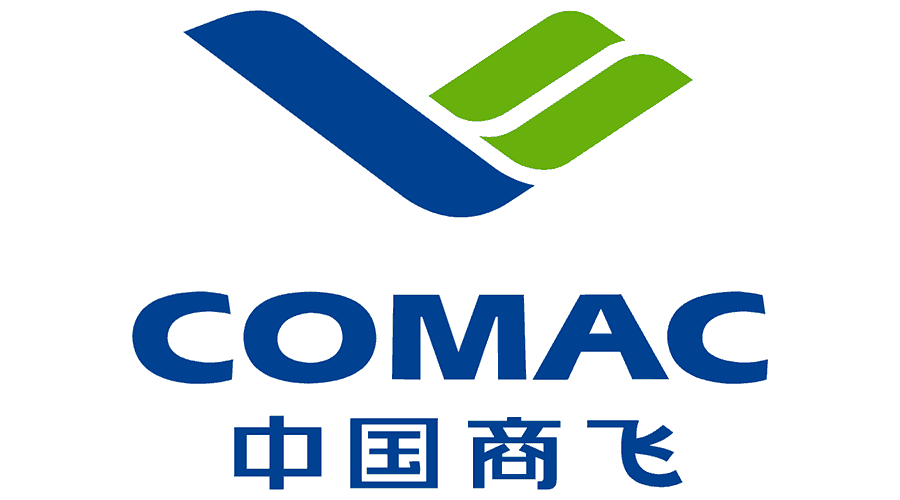Global Avionics Round-Up from Aircraft Value News (AVN)

However, the prospect of a trade war between the U.S. and China under the new Trump regime could prove an impediment to COMAC’s imported technology.
China’s Commercial Aircraft Corporation of China (COMAC) in Q4 2024 opened an office in Hong Kong and signed a deal to support flight operations there. The launch of the Hong Kong Office closely followed the opening of COMAC’s Asia-Pacific office in Singapore.
The Hong Kong office is an important step in COMAC’s international ambitions, as the Shanghai-based planemaker tries to gain market share in the global passenger jet market. Hong Kong is a special administrative region of China with its own civil aviation regulator.
COMAC’s Hong Kong expansion underscores how the globe’s two leading aircraft manufacturers, Boeing and Airbus, will face a tough competitor in COMAC, the first China-based domestic manufacturer of passenger aircraft.
However, the incoming Trump administration has vowed to impose tariffs and get tough with China. The outbreak of a trade war could prove a headwind for COMAC.
The more successful COMAC becomes, the more likely that the West cuts off the technology for its aircraft.
In particular, if China decides to close the borders to imports of Airbus and Boeing aircraft, the West could make COMAC’s flagship aircraft, the C919 and C909, impossible to build. Replicating their engines, avionics, and other systems would take much longer than it took to create the jets themselves, and would cost more, too.

John Persinos, the editor-in-chief of Aircraft Value News.
Indeed, avionics know-how is likely to prove a global battleground in any tit-for-tat tariff exchange between China and the U.S. in 2025 and beyond.
Editor’s Note: To watch a video presentation on this avionics-related topic, visit https://www.aircraftvaluenews.com/video/
This article also appears in our partner publication Aircraft Value News.
John Persinos is the editor-in-chief of Aircraft Value News. You can reach John at: [email protected]